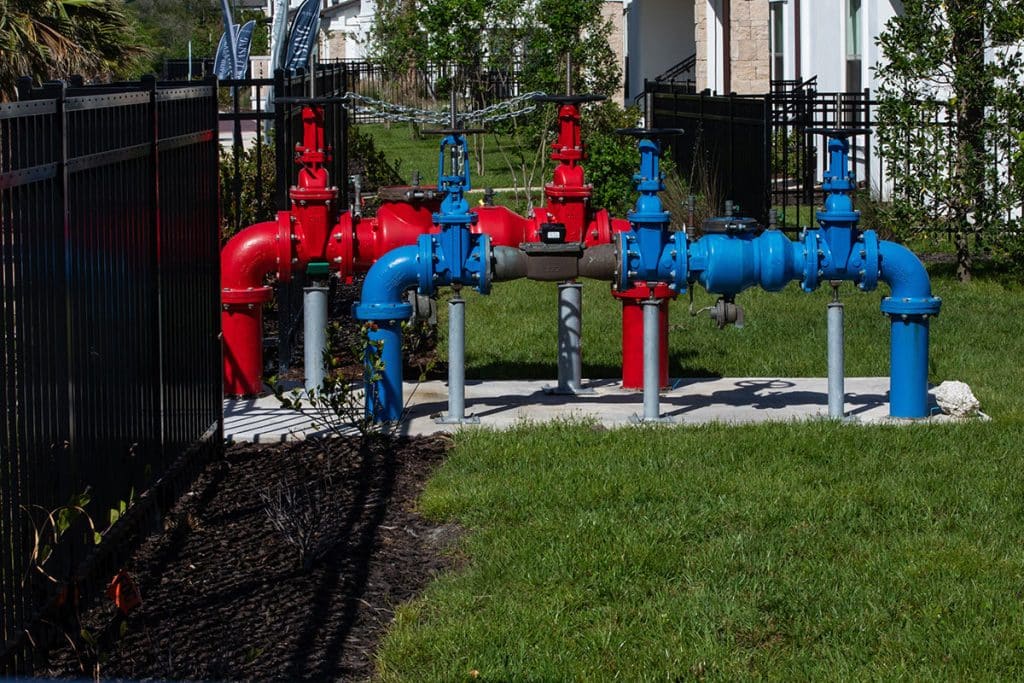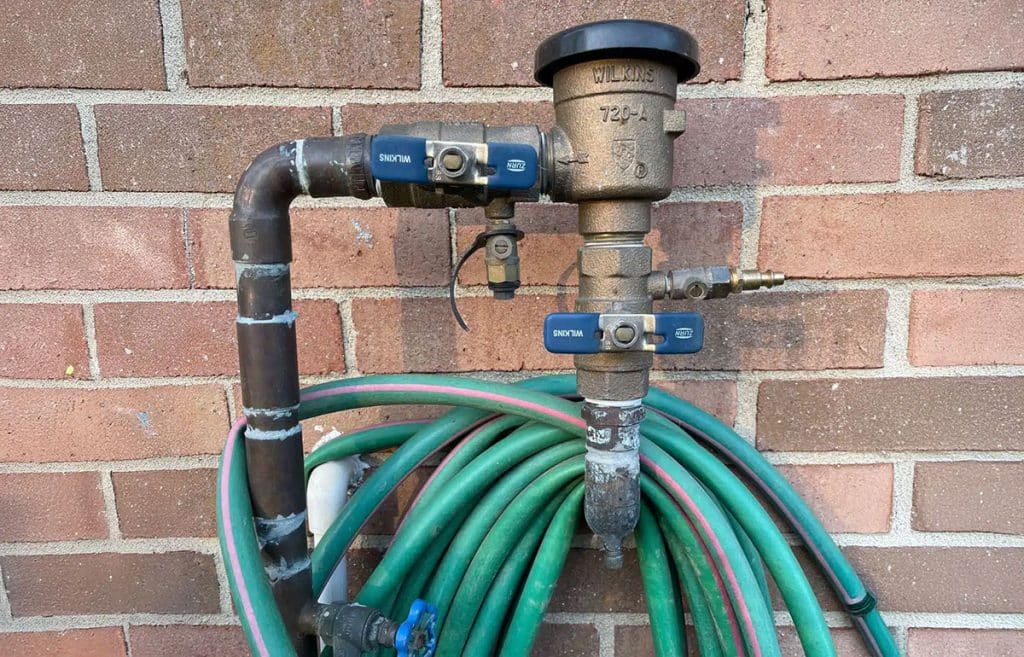Backflow Preventer Testing
Keeping Your Water Safe Starts at Home
Your water utility requires periodic testing of backflow prevention assemblies as part of its cross-connection control program. This program is mandated by local ordinance and designed to protect your drinking water and the entire public water system from contamination due to backflow events.
HydroCorp, a water safety and compliance expert, has been contracted by your utility to administer the program and manage compliance records. While HydroCorp does not perform testing, they will help ensure results are submitted properly and on time.


What You Need to Do
Step 1: Hire a licensed plumber or certified backflow tester to test the backflow prevention assemblies listed on your notice.
Step 2: Schedule an appointment with the plumber to complete testing prior to the due date listed on your testing notice.
Step 3: Once testing is complete, ensure your plumber submits the results online. Mailed, faxed, or emailed test submissions will not be accepted.
FAQS
A cross-connection is any actual or potential link between your clean drinking water and a source of contamination like a garden hose sitting in a bucket, a lawn irrigation system, or a boiler room. A backflow prevention assembly is a mechanical device that stops water from flowing backward into your drinking water supply. It protects your home and the entire public water system from contamination.
Just like any other mechanical device, backflow prevention assemblies are prone to wear and tear, and can break down or fail over time. Just like a furnace or water heater, they require regular maintenance. Testing ensures the assembly is in proper working order.
Testing frequency varies by system and local ordinance:
- Most lawn irrigation assemblies must be tested every 5 years.
- If you are injecting chemicals (e.g., fertilizers into your irrigation system), annual testing is required in most states.
- Some commercial systems may require annual testing regardless of chemical use.
Always refer to your testing notice or call HydroCorp at 844-483-7641 for specific requirements.
A lawn irrigation system and other auxiliary water uses are considered optional conveniences rather than required plumbing systems. Homeowners who choose to install these systems are responsible for confirming the proper backflow preventer is installed, tested, and maintained in accordance with state laws and regulations.
There are two separate but essential aspects of a cross-connection control program: on-site surveys and regular testing of backflow preventers. Inspections are visual surveys to identify whether backflow preventers are present and installed correctly. Testing is performed by a certified tester to verify mechanical performance of backflow prevention assemblies. An inspection ensures the device exists. A test ensures it works.
No. “Grandfathering” is not permitted due to the high importance of maintaining drinking water safety. No exemptions are allowed based on the age or installation date of your backflow preventer. Just like any other mechanical device, backflow prevention assemblies are prone to wear and tear, and can break down. Regular testing is required to ensure your device remains in proper working order and meets current code requirements.
